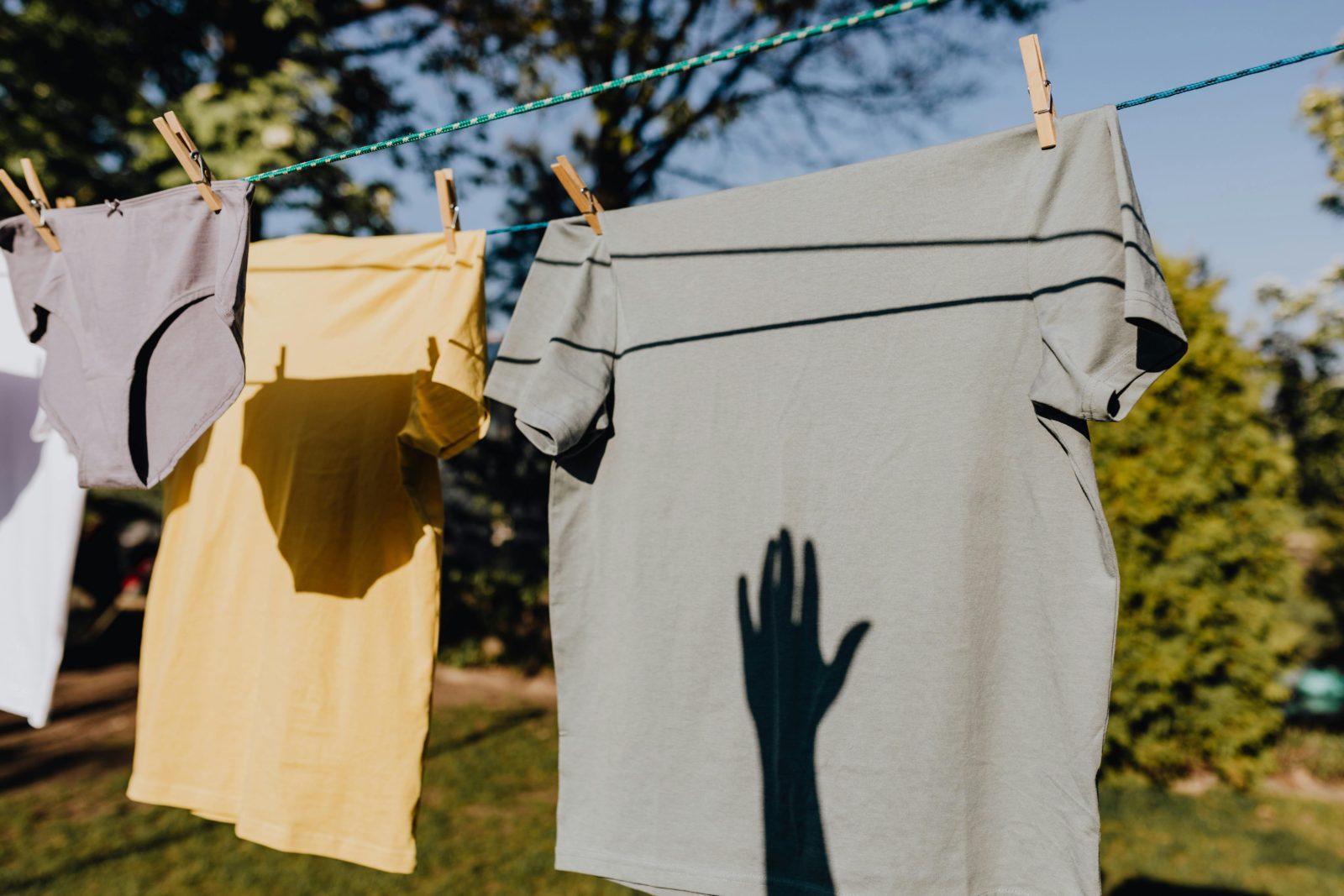Last year, 37 percent of Czech consumers curtailed their spending on clothing and footwear due to rising inflation. On the contrary, 56 percent remained unaffected by the price hikes. Approximately half of the Czech population saved money by buying less clothing and footwear, and 26 percent of the respondents only shopped during sales, according to a recent survey.
The survey was conducted by the fashion search engine Glami.cz. More than a fifth of people, according to the survey, set a precise amount they spent on clothing and footwear last year. For 56 percent of these respondents, this monthly budget was less than 2000 crowns, while 28 percent set it between 2000 and 5000 crowns.
The increasing inflation led 18 percent of respondents to pay attention to cheaper brands and stores. A tenth is also saved by shopping in secondhand stores. Four percent of Czechs fixed their old clothing or footwear and continued to wear them, the survey found.
Consumer price inflation in December slowed down to 6.9 percent from November’s 7.3 percent, according to data from the Czech Statistical Office. The average inflation rate for the entire last year was 10.7 percent. This was 4.4 percentage points less than in 2022 when the second-highest inflation rate had been recorded since the establishment of the independent Czech Republic.
In conclusion, the effects of rising inflation are clear as Czech consumers adjust their shopping habits. The trend towards frugality and the increased use of secondhand stores might continue if the inflation rate doesn’t slow down.








